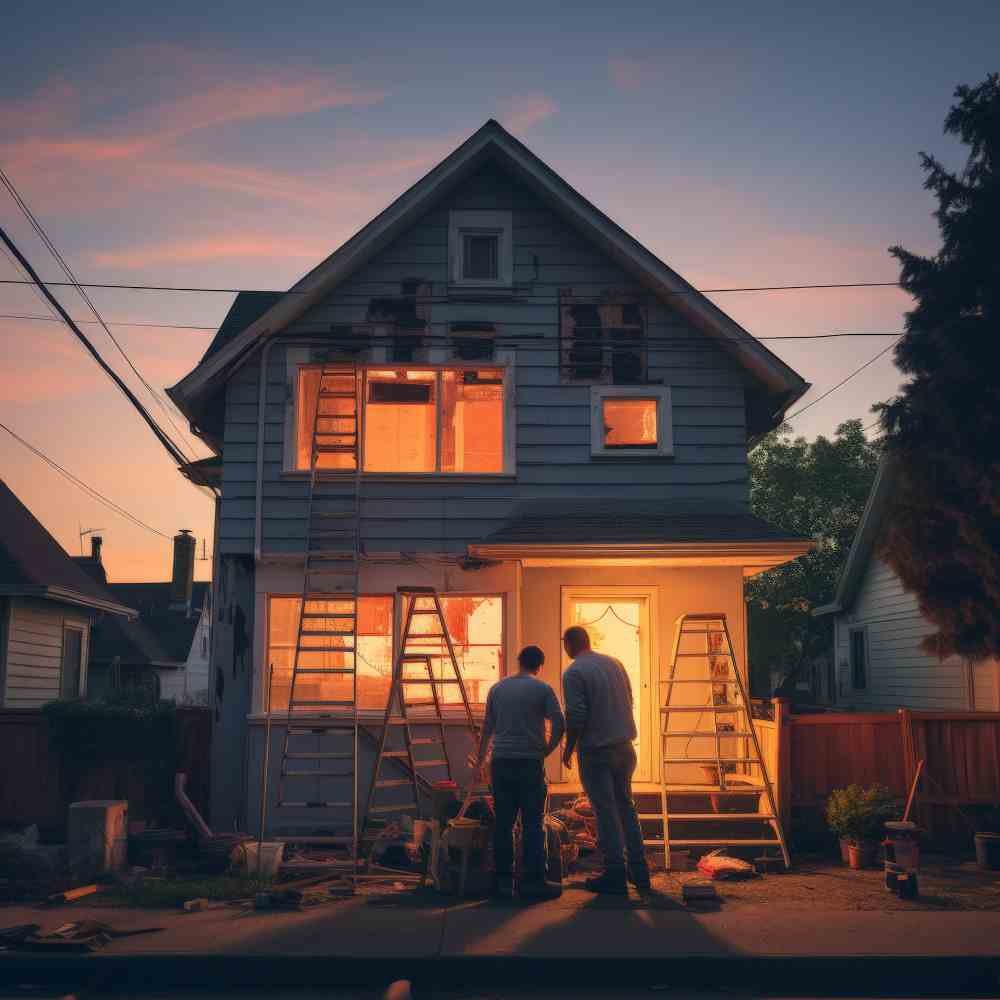Starting fresh with a new home build is exciting. But before construction crews can pour concrete or frame walls, the property needs to be properly cleared. That’s where professional residential home demolition services come into play. They don’t just knock down walls—they create a clean slate, ensuring your land is safe, compliant, and ready for construction.
Let’s break down exactly how the process works, and why professional demolition is one of the most important first steps in any successful rebuild.
Assessing the Site Before Any Work Begins
The demolition process starts long before any machinery arrives. A professional team conducts an in-depth site assessment to identify potential challenges. This includes examining soil conditions, existing structural issues, buried utility lines, and proximity to neighbouring properties.
These checks prevent costly surprises during demolition. For example, if asbestos or lead paint is present, the team will need to bring in certified abatement specialists. If there are underground fuel tanks or old septic systems, safe removal becomes part of the plan.
Securing Permits and Meeting Local Regulations
Residential demolition isn’t as simple as showing up with an excavator. There are legal protocols in place to protect public safety and the environment.
Professionals help homeowners navigate the permitting process with the local municipality. This often involves submitting site plans, notifying neighbours, and scheduling inspections. In some Canadian cities, you may also need to secure a heritage review if the property is older, or comply with tree protection bylaws.
Skipping this step can delay your rebuild for months. Working with licensed experts ensures you’re covered from a regulatory standpoint.
Disconnecting Utilities Safely
One of the most critical tasks before demolition begins is disconnecting utilities. This involves shutting off and capping water, gas, electricity, sewage, and sometimes telecom services.
Failure to properly disconnect can lead to dangerous situations, including gas leaks, electrical fires, or flooding. Experienced demolition crews coordinate directly with utility providers to ensure this step is handled safely and in compliance with local codes.
According to the Canadian Centre for Occupational Health and Safety (CCOHS), pre-demolition utility checks are mandatory to reduce risk to both workers and the community.
Salvaging and Recycling Materials
Modern demolition isn’t about sending everything to the landfill. It’s about maximizing reuse and recycling whenever possible.
Many materials in older homes can be salvaged, including brick, hardwood flooring, copper piping, and fixtures. Concrete and asphalt are often crushed and reused for roadbeds or new foundations. According to the Canada Green Building Council, diverting construction waste from landfills helps meet sustainability goals and can even lead to cost savings.
Professional crews separate materials on-site, hauling them to appropriate recycling centres or salvage yards.
Conducting the Actual Demolition
Once prep work is complete, the structure is systematically taken down. This can be done in a few different ways depending on the site and build plans.
- Mechanical demolition uses heavy equipment like excavators to pull down walls and remove debris.
- Deconstruction involves dismantling the structure by hand to preserve reusable materials.
- Selective demolition removes specific parts of a building while leaving others intact—useful if you’re preserving a basement or foundation.
During this phase, crews use dust suppression methods such as water spraying to minimize air pollution and protect the surrounding area.
Clearing and Grading the Land
After the structure is removed, the team focuses on debris cleanup. This includes hauling away rubble, removing tree stumps, and filling in any holes or voids left behind.
Next comes land grading. Grading levels the soil, controls drainage, and creates a stable surface for your future home’s foundation. Poor grading can lead to basement flooding, erosion, or foundation cracking down the line, so this step is critical.
Most professional services use laser-guided equipment to ensure the grading is precise and matches the specifications of your new build.
Preparing for New Utilities and Infrastructure
Before builders can begin construction, the lot needs to be prepped for new infrastructure. This includes:
- Installing new water and sewer connections
- Preparing for electrical service entry points
- Creating access for construction vehicles
Residential demolition teams often coordinate closely with construction crews and engineers to ensure these preparations meet the exact requirements of the new home.
Mitigating Environmental Impact and Managing Runoff
Responsible demolition isn’t just about removing a structure—it’s about protecting the environment during and after the process.
Professional teams set up erosion control measures such as silt fences or straw wattles to prevent runoff from contaminating nearby waterways. This is especially important in suburban or semi-rural areas where heavy rains can carry debris into storm drains or creeks.
Additionally, by using low-emission machinery and following best practices for waste disposal, demolition crews help minimize the project’s carbon footprint.
Ensuring the Site Is Ready for Your Builder
By the time demolition is complete, your lot isn’t just empty—it’s prepared.
That means:
- All hazards have been removed
- The land is level and compacted to support new construction
- Utilities are ready for hook-up
- Permits and documentation are in order
When residential demolition is done right, it sets the tone for a smooth construction process. Your builder can step onto the site and get started without delays or unexpected complications.
Building Starts with the Right Foundation—Literally and Logistically
Knocking down a house isn’t glamorous, but it’s one of the most essential steps in building a new home. Proper site prep ensures the construction process runs smoothly, stays on budget, and avoids future headaches.
By working with experts who specialize in residential demolition, homeowners can feel confident they’re setting their new build up for success—right from the ground up.
For more visit our website Home Threads







